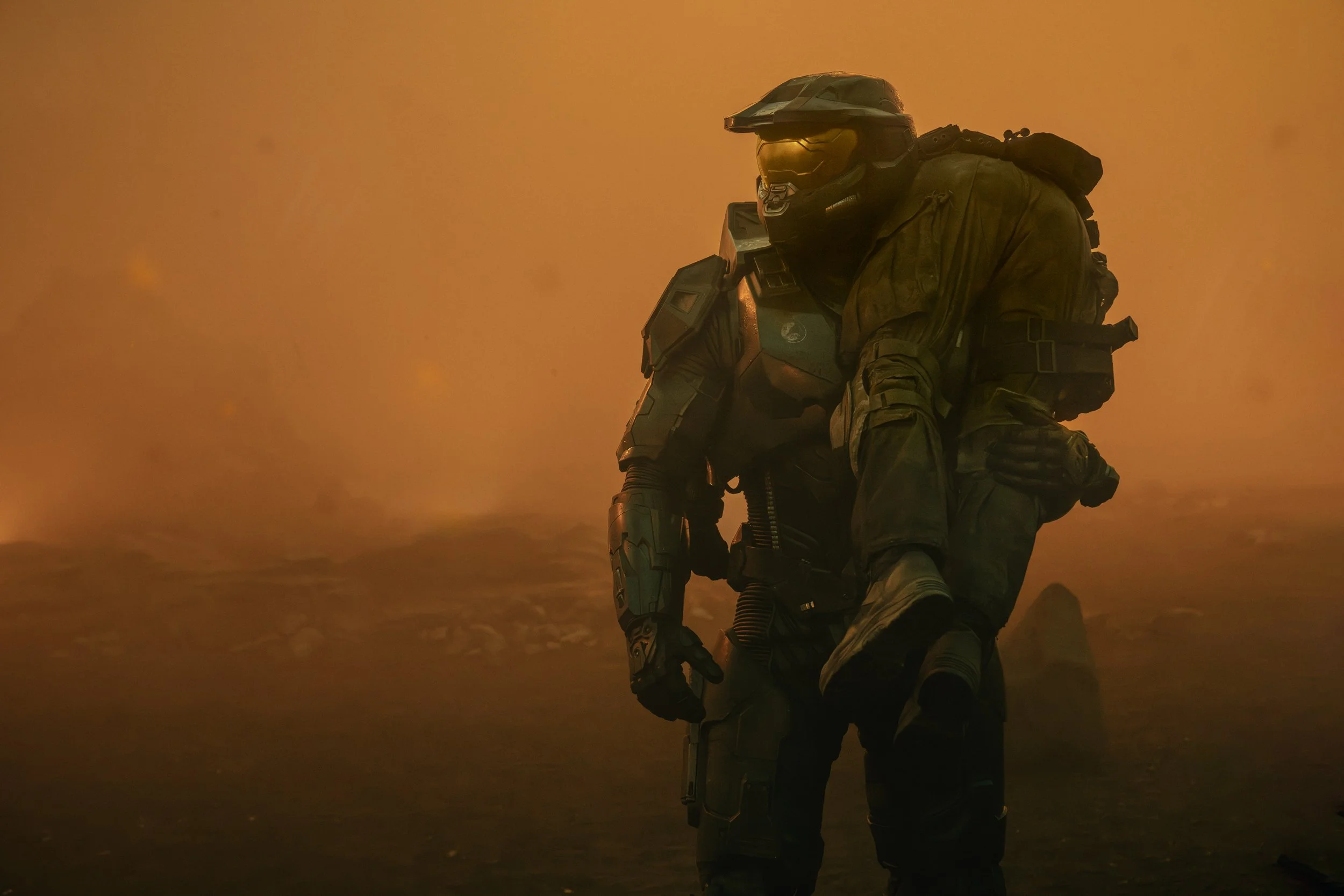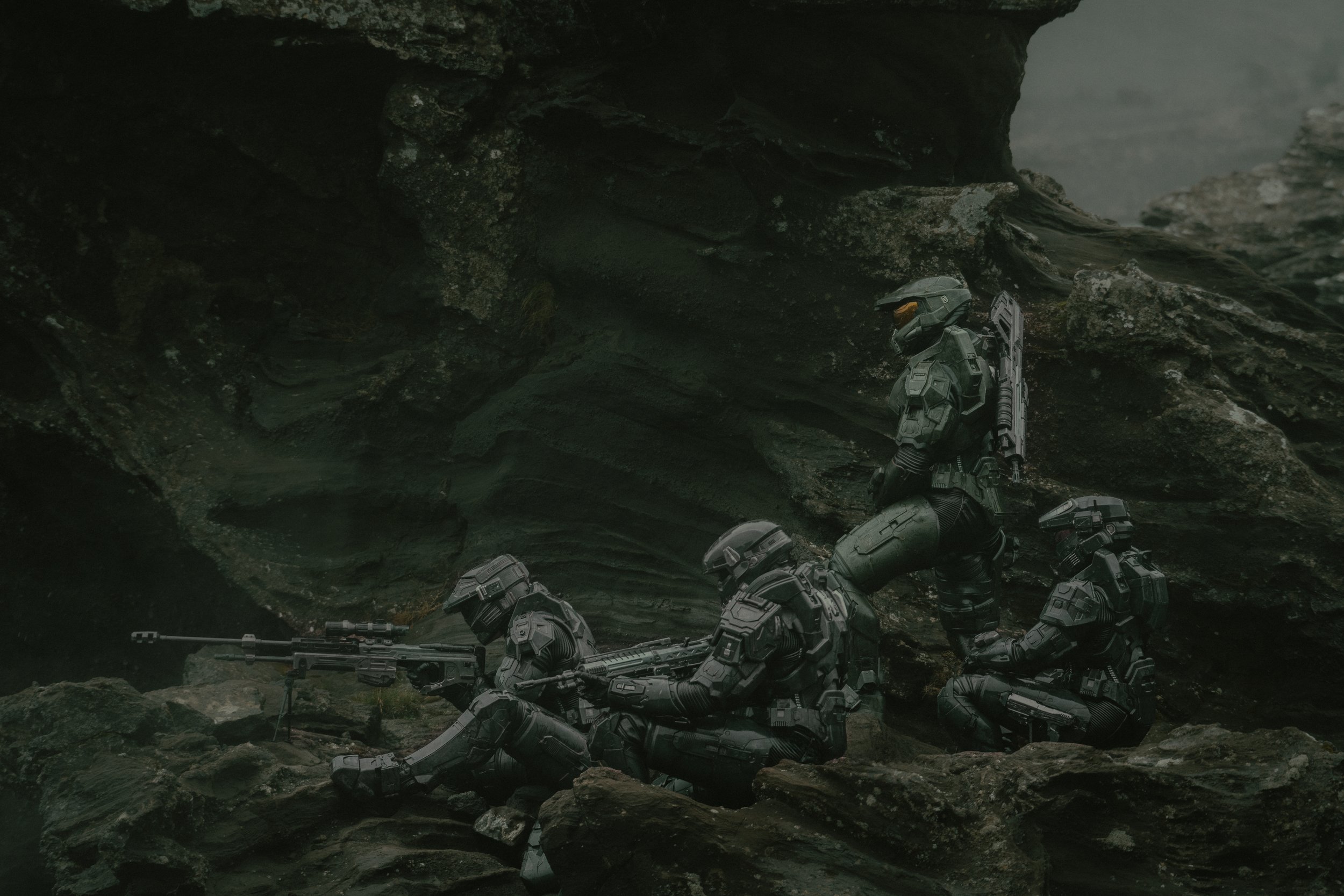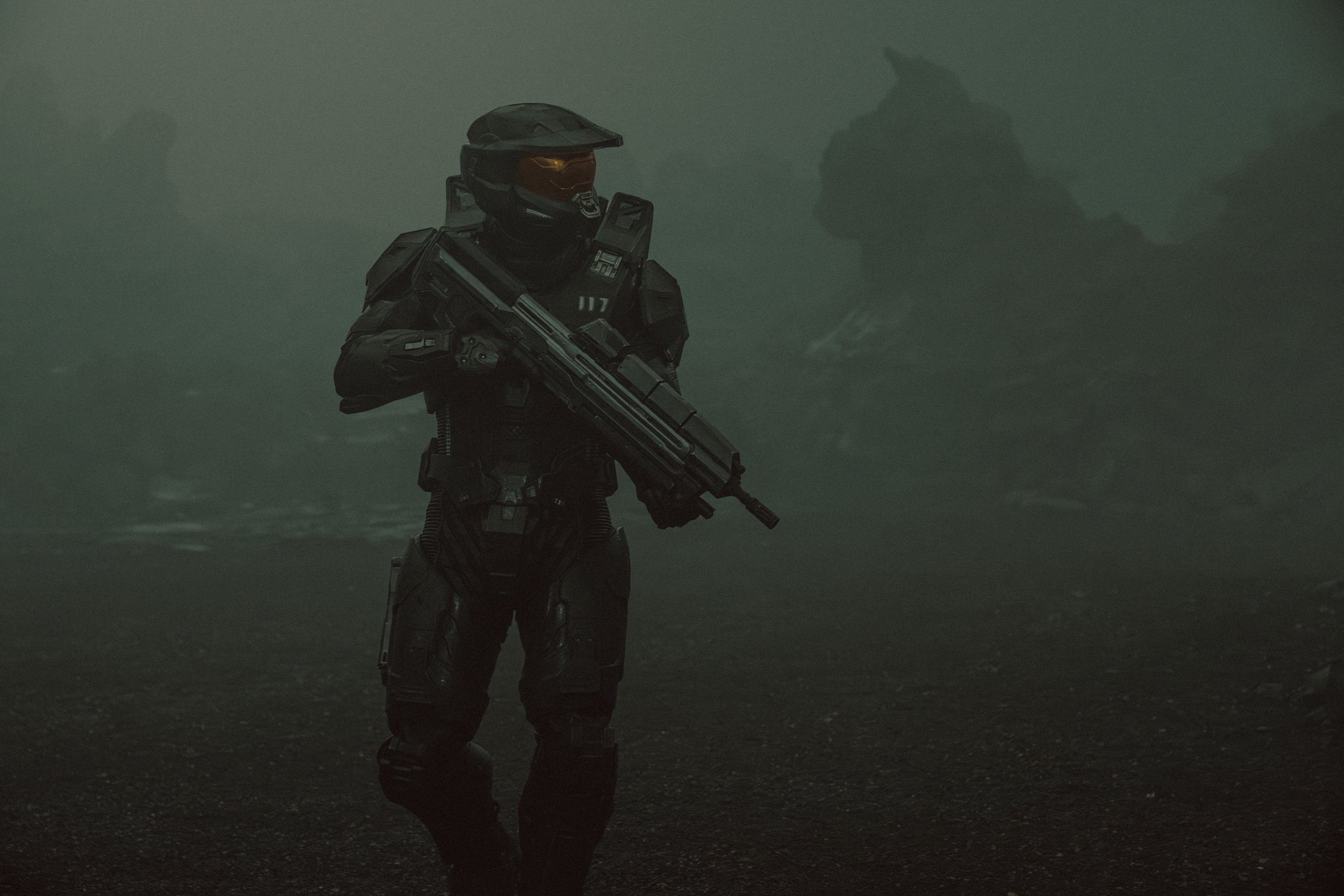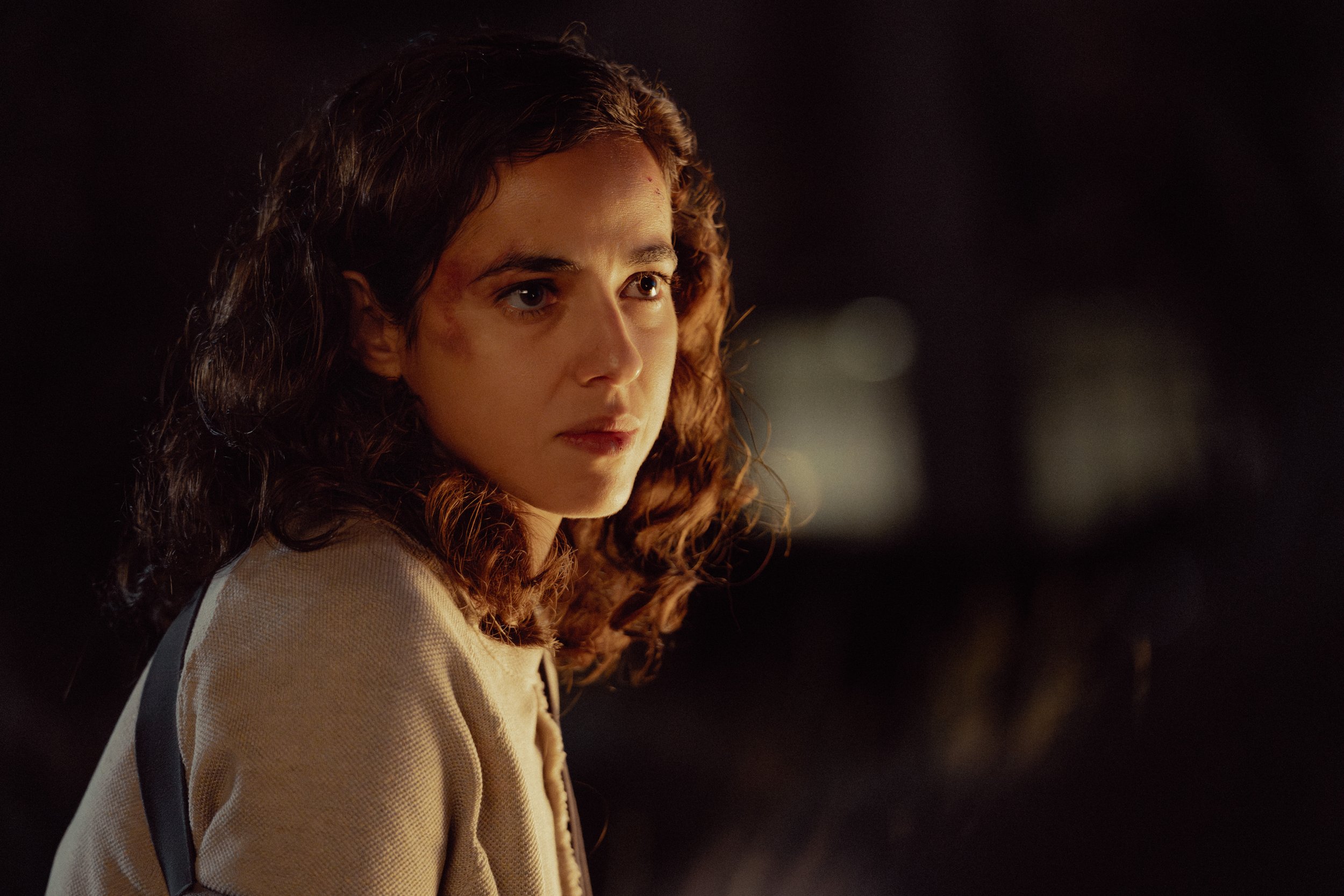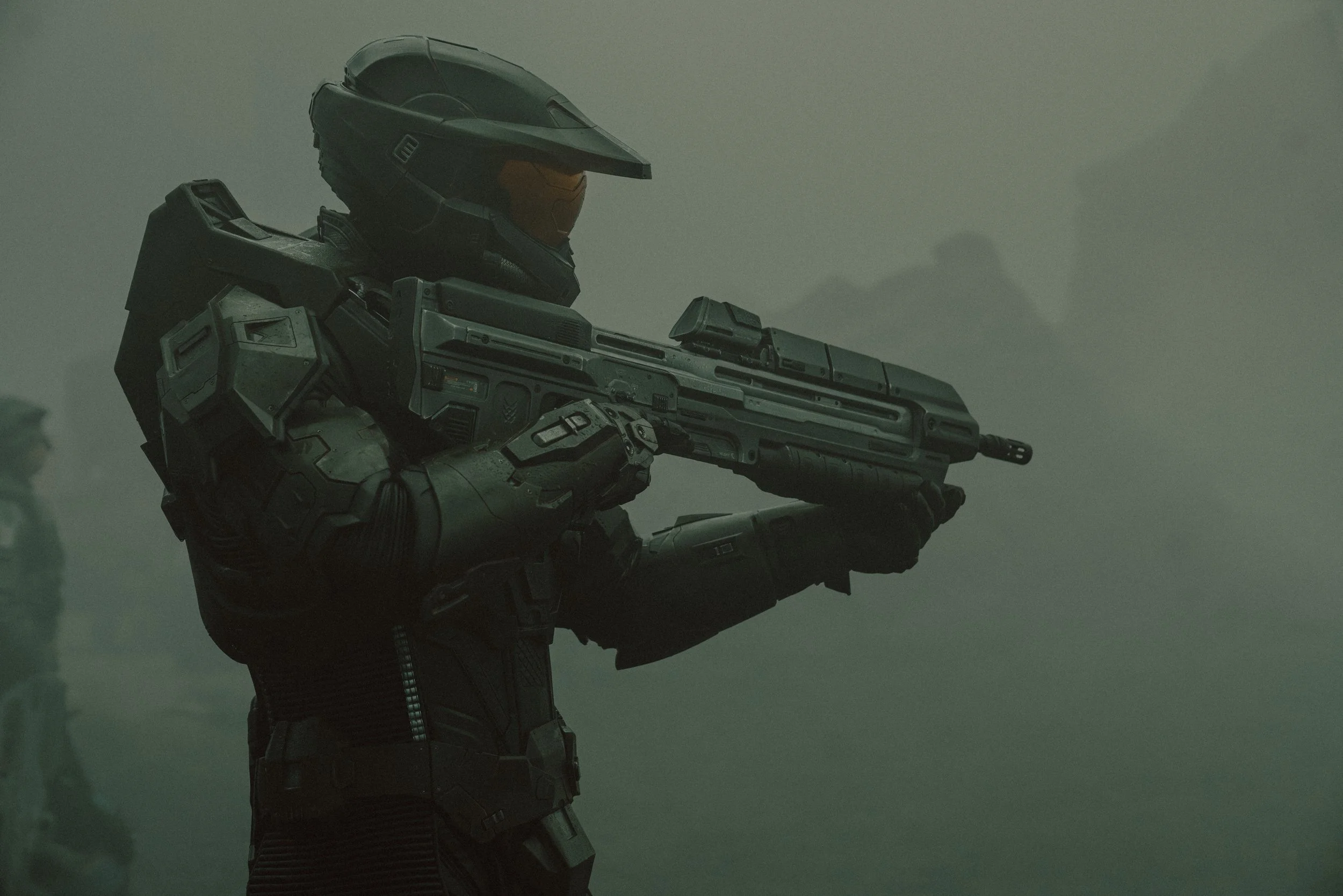Halo Season Two Episodes One and Two Review
Intro
Halo’s second season is finally here after nearly nine months of waiting since the season one finale in May 2023. However, before I get into my analysis and review of the first two episodes, I want to talk about the response to season one of the show, as the second season feels like an intense course correction from the first season and an apology of sorts.
More specifically, the apology and course correction seem to revolve around certain characters, such as Kwan Ha’s story being challenging to follow and feeling wholly divorced from what Halo was trying to accomplish as a show and an adaptation of the Halo universe. In addition, viewers perceived the first season’s storyline as illogical and inconsistent with each episode.
So, what do the first two episodes of Halo’s second season do to rectify this situation? For starters, these episodes see the character dynamics, storylines, and performances to something that feels like a TV series worthy of the name Halo. It’s not perfect, but given that one scene feels ripped straight out of one of the games, it’s a good start.
Story
Pablo Schreiber as Master Chief in Halo episode 1, Season 2, Streaming on Paramount+ 2024. Photo Credit: Adrienn Szabo/Paramount+
Picking up approximately six months after the events of the season one finale, the second season sees Master Chief John-117 (Pablo Schreiber) lead the Silver Team yet again against the Covenant. After a simple mission goes wrong, John gets the sense that his role in the war is about to change, and he needs to prove that the Covenant is preparing for an attack on the UNSC’s greatest stronghold.
That logline may seem similar to the logline for season one, but it makes all the difference. Not only does the show feel genuinely like a Halo TV show, but it boasts the same atmosphere as Halo: Reach, which, given it’s one of my favorite games outside of Halo 3: ODST, is only a good thing.
On top of that, the characters feel like fully-fledged characters rather than vehicles for the creative team to drive points of the story home. Some early examples of this are Silver Team’s chatter amongst one another that exudes the specific brand of sass that feels natural for soldiers who grew up together. Beyond their sass, Silver Team and the rest of the cast have time to explore facets of their personalities that were overlooked or underdeveloped in the first season. Even characters appearing for a couple of scenes contribute to this, and I appreciate the love and care that the new showrunner, David Wiener, took to ensure that the series learned from the feedback fans gave them.
Cast
L-R Kate Kennedy as Kai, Bentley Kalu as Vannak, Pablo Schreiber as Master Chief and Natasha Culzac as Riz in Halo episode 1, season 2 streaming on Paramount+, 2024. Photo Credit: Adrienn Szabo/Paramount+
As one can imagine, the cast’s performances impeccably mirror this shift in character dynamics. Pablo Schreiber’s portrayal of Master Chief John-117 is much more nuanced this time, shifting his balance effortlessly between the Master Chief we know from the games and the human underneath the Spartan armor.
Moreover, the ensemble cast comprising Natasha Culzac as Riz-028, Bentley Kalu as Vannak-134, Kate Kennedy as Kai-125, Danny Sapani as Captain Jacob Keyes, Jen Taylor and †Chrstina Bennginto as Cortana, Bokeem Woodbine as Soren-066, Natascha McElhone as Dr. Catherine Halsey, Fiona O’Shaughnessy as Laera, and Tylan Bailey as Kessler, and new characters James Ackerson (Joseph Morgan), Talia Perez (Christina Rodio) and more demonstrates a remarkable improvement in capturing the emotional essence of the characters they’re portraying. Two episodes in, Halo season two boasts performances that resonate and feel more profound than anything on display in the first season.
Direction
Pablo Schreiber as Master Chief in Halo episode 1, Season 2, Streaming on Paramount+ 2024. Photo Credit: Adrienn Szabo/Paramount+
Amidst this realization of characters and performances, Debs Paterson’s direction of the first two episodes, who is new to the series and previously directed two episodes of Willow, the making-of documentary for Star Wars: The Rise of Skywalker, and more, brings some much-needed visual flair to the series, blending imagery that feels taken out of the games while still trying to root the series with intimate character moments.
One noteworthy aspect is Paterson’s keen attention to detail in action sequences. The choreography and pacing of combat scenes resonate with the energy and strategy that stands up to some of my favorite firefights from the games. The seamless integration of practical effects and CGI enhances the visual spectacle, immersing viewers in the chaotic beauty of Covenant battles.
Furthermore, Paterson’s direction contributes to a more cohesive narrative flow, effortlessly transitioning from character-driven scenes to high-stakes action executed with the precision of a razor, all while maintaining a balance between the two types of scenes that kept me engaged throughout both episodes. The visual language established by Paterson and cinematographer Carl Sundberg is a one-to-one adaptation of the tone of the Halo universe that creates the seamless viewing experience that longtime fans have been clamoring for while also giving newcomers to the franchise a solid foundation if they decide to play the games.
While these two episodes may be Debs Paterson’s only directed episodes of the season, I hope she comes back in a potential season three, as these two episodes showcase a directorial prowess that kicks off the second season off to a bang.
Writing
Cristina Rodlo as Corporal Perez in Halo episode 2,Season 2, Streaming on Paramount+ 2024. Photo Credit: Adrienn Szabo/Paramount+
Equally pivotal to the success of the first two episodes of Halo season two is the refined writing by showrunner David Wiener in episode one and Ahmadu Garba in episode two. The writing by the duo exudes a newfound sense of purpose and coherence that does well to distance itself from the perplexing first season in as many ways as possible.
The clarity in storytelling revitalizes the series but also accentuates the weight of Master Chief’s role in the Human-Covenant War. As mentioned, characters have room to breathe, and their respective backstories inform each interaction.
While the characters and performances steal the spotlight, the commendable efforts in writing lay the groundwork for a more immersive and coherent storytelling experience. The second season emerges as a testament to the collaborative success of writing, character development, and the overarching vision of the creative team.
Music, Sound, and Technical Elements
Pablo Schreiber as Master Chief in Halo episode 1, Season 2, Streaming on Paramount+ 2024. Photo Credit: Adrienn Szabo/Paramount+
Beyond the performances, direction, and writing, the technical aspects of Halo’s second season also warrant attention. The score by Bear McCreary, sound design by Brennan Mercer, and editing by Dan Crinnion and Carmela Iandoli play crucial roles in establishing the series’ atmosphere, as mentioned earlier, and the emotional resonance of the more heartfelt scenes. Especially of note is McCreary’s season two theme, which boasts a more angelic and orchestral tone than season one’s oddly stale version. Furthermore, the interplay between his score and the visual storytelling by Crinnion and Carmela is immaculate, especially in an early firefight with a heavy cello motif interposed of the shotgun blasts from Master Chief’s shotgun in a foggy desolate planet.
That said, it’s not all sunshine and rainbows. Unchanged from the first season is the lackluster CGI, which feels too video-gamey for my tastes. Furthermore, the set design could use some work, as the ONI offices showcased here feel too much like a startup and utilize warm tones rather than the sterile design and tone the offices take on in Halo: Reach and all other depictions of the intelligence agency. There’s also the issue where Cortana suddenly looks entirely different from how she looked in the season one finale. Many events in the six months since the season one finale go unexplained to the point where the narrative can temporarily lose its coherence and flow and confuse viewers like me.
Wrap-up
In conclusion, the first two episodes of Halo Season Two mark a promising and much-needed course correction from the issues plaguing Season One. With an evident commitment to addressing those criticisms and learning from them, the series, under the direction of showrunner David Wiener, great performances all across the cast list, particularly Pablo Schreiber’s new portrayal of Master Chief, demonstrates a remarkable improvement.
The revitalized character dynamics, well-crafted performances, and meticulous direction contribute to a viewing experience that genuinely captures the essence of the Halo universe. The series successfully distances itself from the inconsistencies and illogicalities of the first season, offering a more coherent and immersive narrative.
However, there is room for improvement, namely the CGI quality, set design, and unexplained narrative gaps. As the season progresses, I hope the show addresses these issues, allowing fans of the Halo franchise and series newcomers to watch the show without the burden of a sub-par experience.
Rating
★★★★
Availability
If you'd like to watch Halo, you can do so with a Paramount+ subscription here.
Until next time!


